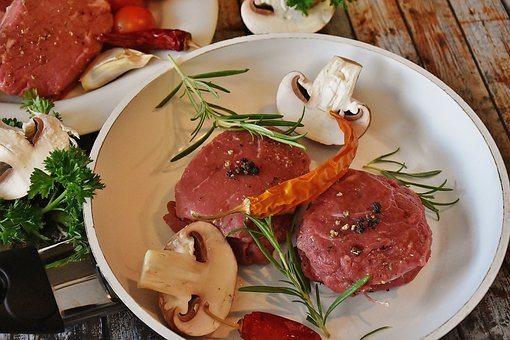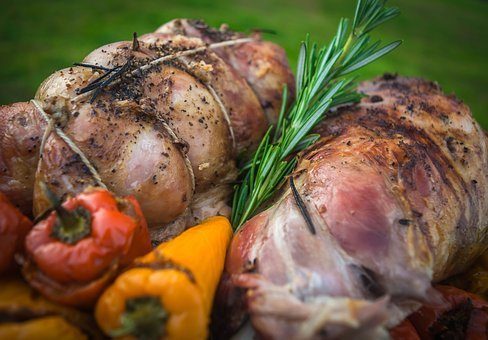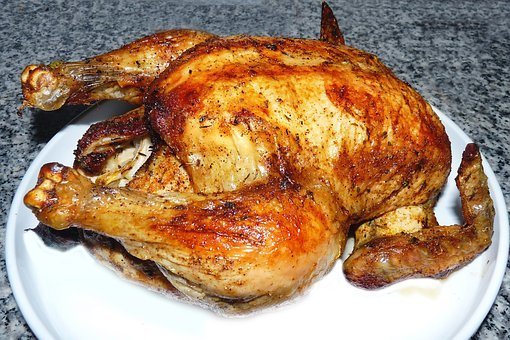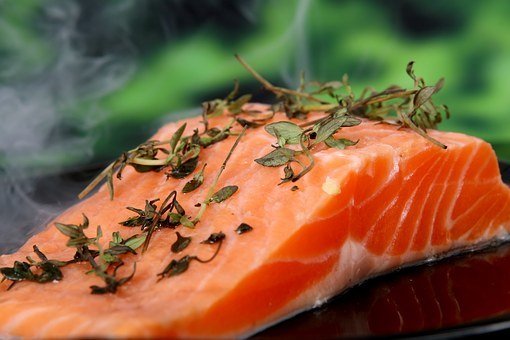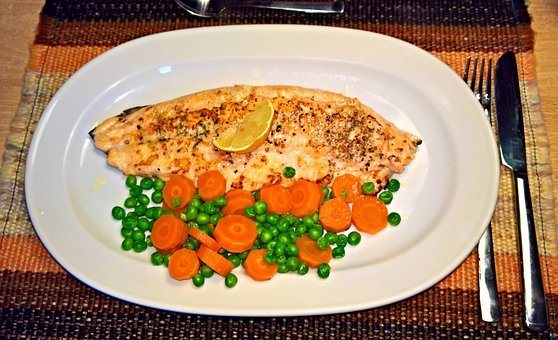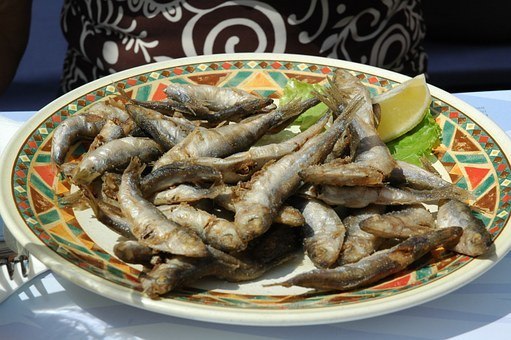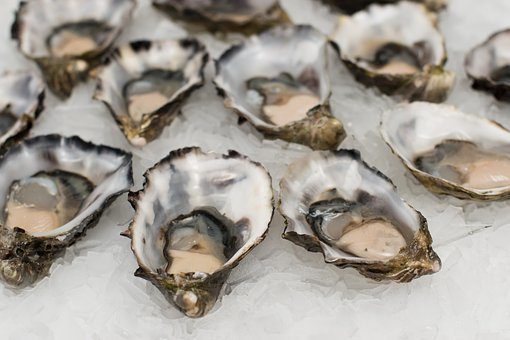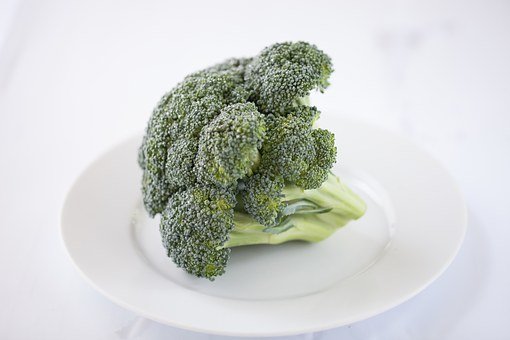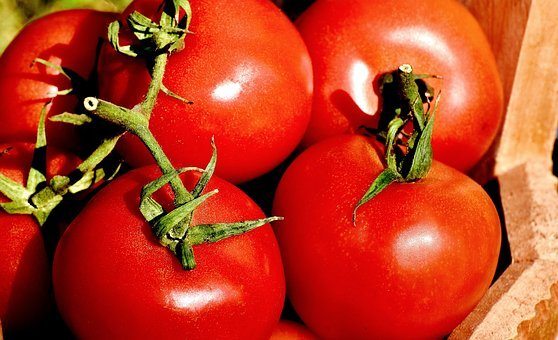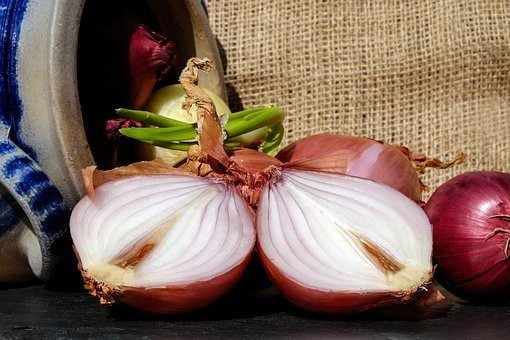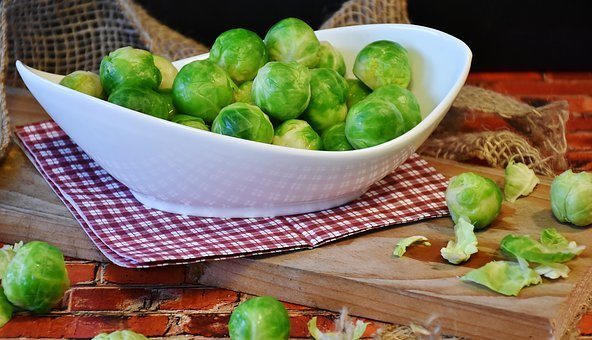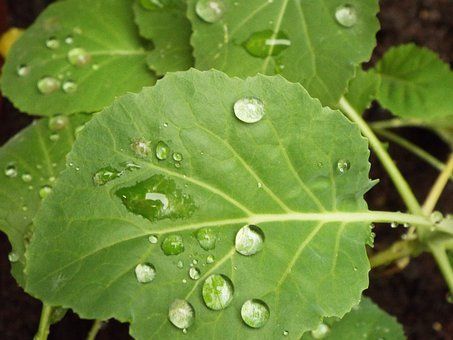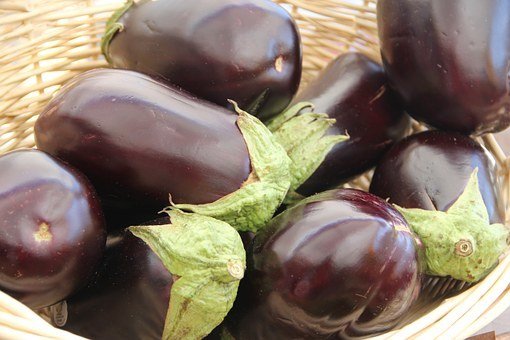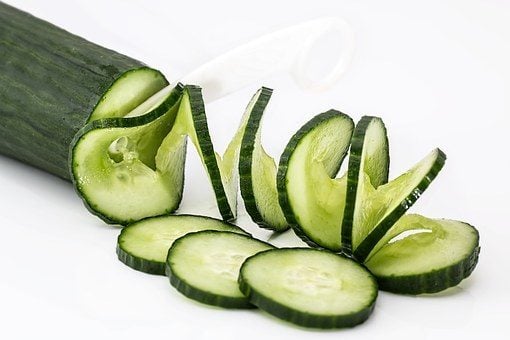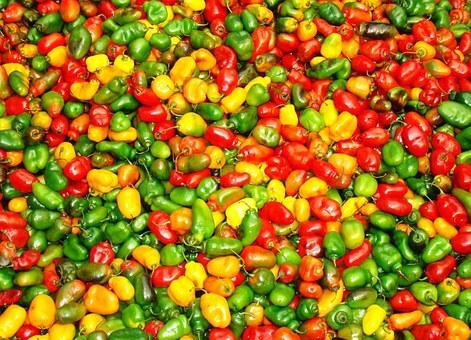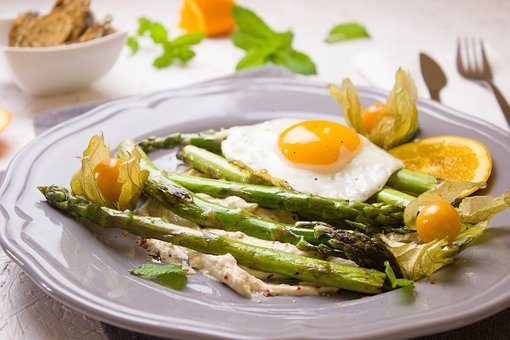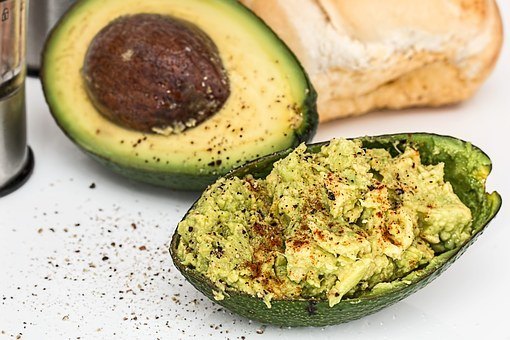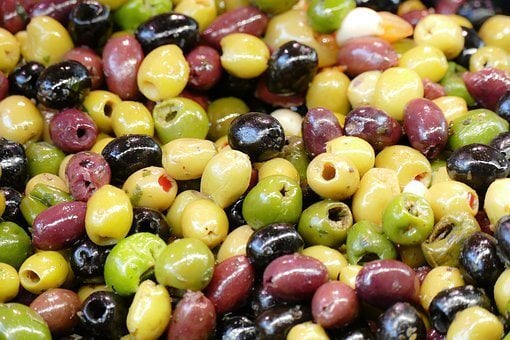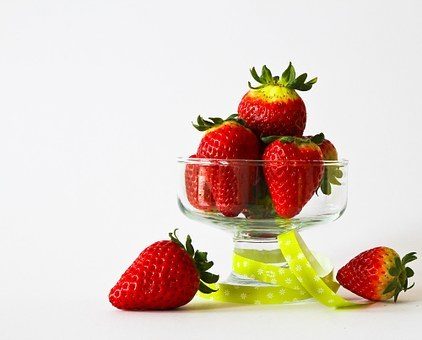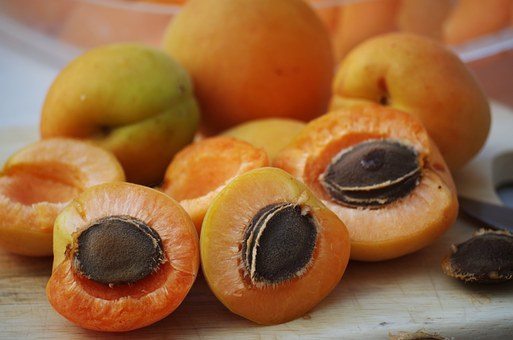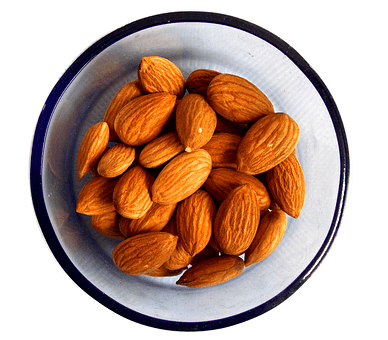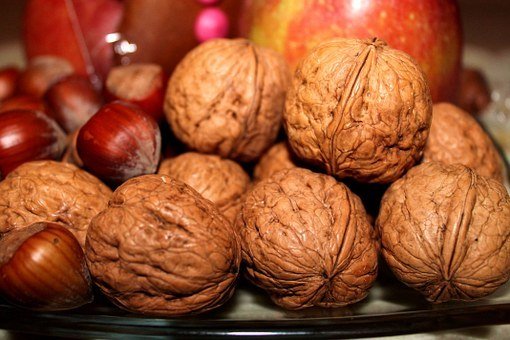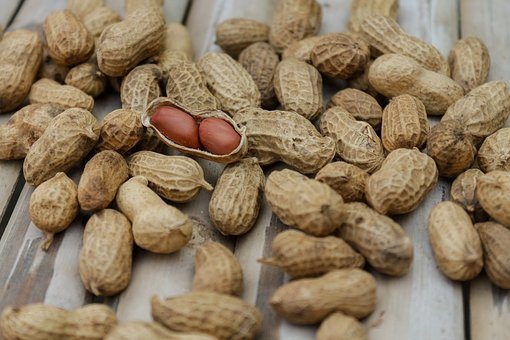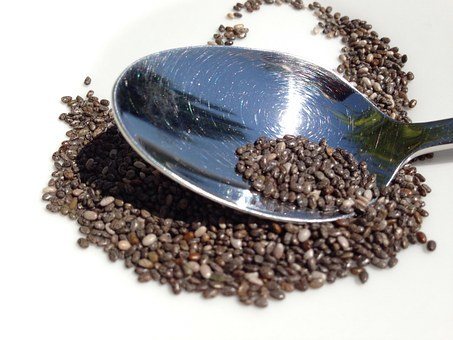The alternative available is a diet low in carbs. This involves restricting a high intake of carbohydrates in the form of starches and sugars replacing them with protein and fat. Diets low in carb reduce appetites which in turn makes your calorie intake lower and weight loss is effortless, provided that carbs are kept down.
Cutting Carb Intake Improve Your Health from Several Aspects
Studies clearly indicate that low carb diets are beyond weight loss. Cutting down on your carb intake has a range of significant benefits:
It reduces hunger levels It is an “automatic” program of weight loss without the need to count calories. Low-Carb diets result in a greater percentage of weight loss than low-fat diets Low-Carb diets benefit metabolic health. This reduces blood sugar, blood pressure and various other health complications are alleviated.
All of this means you can eat until you are full, feel the satisfaction and still manage to lose weight.
The Perfect Amount of Carb Intake
There is no clear cut definition of exactly what constitutes a “low carb diet”. What is low for one may not be low for another. The carb intake for an individual depends on gender, age and body composition, personal preferences, lifestyle, levels of activity, food culture and the current metabolic state of health. Physically active people with more muscle mass tolerate a higher level of carbs than ‘desk-bound’ people. Metabolic health is an important factor. People can get obese and even diabetes with a metabolic syndrome. Those that fall into this category cannot tolerate the same carb intake as those that are healthy. By simply removing unhealthy carb sources from your daily diet in the form of refined wheat and sugar additives, you are well on the path to better health. To enjoy metabolic benefits fully you have to restrict other sources of carb, Let us get down to what you may eat:
Every single vegetable Fruit combination varieties A portion of healthy starches like sweet potatoes, potatoes and healthy grains like oats and rice
*Base meal plans around foods with a low carb content to lose weight and improve overall health. Most low carb foods are healthy, delicious and nutritious.
The 30 Most Low-Carb Foods:
1. Eggs (Carbs: Almost 0)
Eggs are a healthy and nutritious source of food, loaded with multiple nutrients, including nutrients for the brain as well as compounds that can improve eyes.
Meats
All meats types are close to a zero level of carb except liver that contains approximately 5% of carbs
2. Beef (Carbs: 0)
Beef is a satisfying food form loaded with nutrients like B12 and iron. There are various beef types like ground beef, steak and hamburgers.
3. Lamb (Carbs: 0)
Lamb contains numerous nutrients including B1. Lamb is grass-fed, and is high in fatty beneficial acids.
4. Chicken (Carbs 0)
Chicken is the most popular meat in the world. It has beneficial nutrients, and is a good protein source. On a low carb diet, it is better to choose wings and thighs, the ‘fattier’ portions.
5. Pork inclusive of Bacon (Carbs 0, in most cases)
Pork is delicious meat type and bacon one of the favorites for low-carb dieters. Bacon is a meat that processed meat, so it is not a “health food”. It is however, acceptable to moderate amounts when on a low-carb diet. Buy bacon locally, without the artificial ingredients. Read labels to check sugar content to ensure carbs are kept at the zero level. Other low carb meats include Turkey, Bison, Veal and Venison.
Seafoods
Seafoods are healthy and nutritious, high in Omega 3 fatty acids, iodine and vitamin B12, with no carbohydrates.
6. Salmon (Carbs: 0)
Salmon is the most popular fish type for the health conscious since it contains Omega-3 fatty acids. Salmon is also loaded with B12, iodine, and contains vitamin D3.
7. Trout (Carbs: 0)
Trout, like salmon is a fish type which is loaded with important nutrients including Omega-3 fatty acids.
8. Sardines (Carbs: 0)
Sardines are eaten whole,with bones. Sardines are nutrient-dense consisting of every kind of nutrient needed by the human body .
9. Shellfish (Carbs: 4-5%)
Shellfish are nutritious and should be part of meals. They consist of a high protein percentage and are low in fat. Other Low-Car Seafood include: Shrimp, Lobster, Haddock, Tuna, Herring, Cod, Catfish and Halibut.
Vegetables
Most vegetables have a low percentage of carbs. Cruciferous vegetables and leafy greens are the lowest, and majority of the carbs in them contain fiber. Root vegetables like sweet potatoes and potatoes are high in carb content.
10. Broccoli (Carbs: 7%)
Broccoli can be eaten raw or cooked. It contains high levels of vitamin C, K and fiber with cancer-fighting compounds.
11. Tomatoes (Carbs: 4%)
Tomatoes, high in potassium and vitamin C are essentially berries or fruits, but used as vegetables.
12. Onions ( Carbs: 9%)
Onions are tasty plants adding powerful flavor to meals. They are high in antioxidants and fiber, and consist compounds that are anti-inflammatory.
13. Brussels Sprouts (Carbs: 7%)
Brussels sprouts are nutritious vegetables, related to kale and broccoli. High in vitamins C and K, they contain beneficial compounds.
14. Cauliflower (Carbs: 5%)
Versatile and tasty cauliflower, is a vegetable high in folate and vitamins C and K.
15. Kale (Carbs: 10%)
Kale, a popular vegetable among the health-conscious, is loaded with vitamin C, fiber, vitamin K, as well as carotene antioxidants.
16. Eggplant (Carbs: 6%)
Eggplant is high in fiber, a fruit consumed like a vegetable.
17. Cucumber (Carbs: 4%)
Cucumber has a mild flavor, consisting mainly of water, with a small vitamin K percentage
18. Bell Peppers (Carbs: 6%)
Bell peppers have a satisfying and distinct flavor and are high in fiber, vitamin C as well as carotene antioxidants.
19. Asparagus (Carbs: 2%)
Asparagus, a delicious spring vegetable, is high in fiber, folate and vitamin C, together with carotene antioxidants. It has a high protein content.
20. Green Beans (Carbs: 7%)
Green beans are legumes, consumed as vegetables. They are high in nutrients that include vitamin C, protein, fiber, vitamin K, potassium and manganese.
21. Mushrooms ( Carbs: 3%)
Mushrooms are not plants, but treated as vegetables. They contain potassium, and have a high content of B-vitamins. Other Vegetables low in carbs include: Celery, Zucchini, Spinach, Swiss chard and Cabbage Except for the root vegetables that are starchy all vegetables have a low percentage of carbs . You can consume vegetables in large proportions and stay within carb limits.
Berries and Fruits
Fruits are higher in carbs than vegetables and may be controversial but olives and avocados are high in healthy fats and berries low in sugar are excellent.
22. Avocado (Carbs: 8.5%)
The avocado is unique in its healthy fats content. High in potassium and fiber it contains a variety of nutrients. About 78% of carbs present in avocado are fiber.
23. Olives (6%)
The olive is delicious and high in copper, iron, fat, and vitamin E.
24. Strawberries (8%)
Strawberries are low carb and nutrient-dense. They are high in manganese, vitamin C and various antioxidants.
25. Grapefruit (11%)
Grapefruits, a citrus fruit, is very high in vitamin C as well as carotene antioxidants.
26. Apricots (11%)
The apricot is a delicious fruit with a low carbs and is filled with potassium and vitamin C. Other fruits in the low carb range include: Lemons, Oranges, Kiwi, Mulberries and Raspberries
Nuts and Seeds
Seeds and nuts are low in carbs. They are high in fiber, fat, protein and a variety of micro-nutrients. Nuts are usually eaten as snacks. Seeds are used to add crunch to recipes and salads. Nut and seed flours like almond flour and coconut flour are used to create low-carb baked delights.
27. Almonds (22%)
Almonds are crunchy, tasty and loaded with vitamin E, fiber, and magnesium.
28. Walnuts (14%)
The walnut is high in ALA, an omega-3 fatty acid ALA, and contains wide range of other nutrients.
29. Peanuts (16%)
Peanuts are essentially legumes that are consumed as nuts. High in fiber, vitamin E and magnesium and other key minerals and vitamins.
30. Chia Seeds ( Carb: 44%)
Chia seeds trend as a popular health food all around the world. They are rich in nutrients and used in various low-carb recipes. They are the richest dietary fiber source. Due to the high fiber the carbs are digestible in essence. Other seeds and nuts in the low-carb range include: Hazelnuts, Macadamia nuts, Cashews, Coconuts, Pistachios, Flax seeds, Pumpkin seeds, Sunflower seeds. Featured photo credit: www.tfuni.com via tfuni.com

